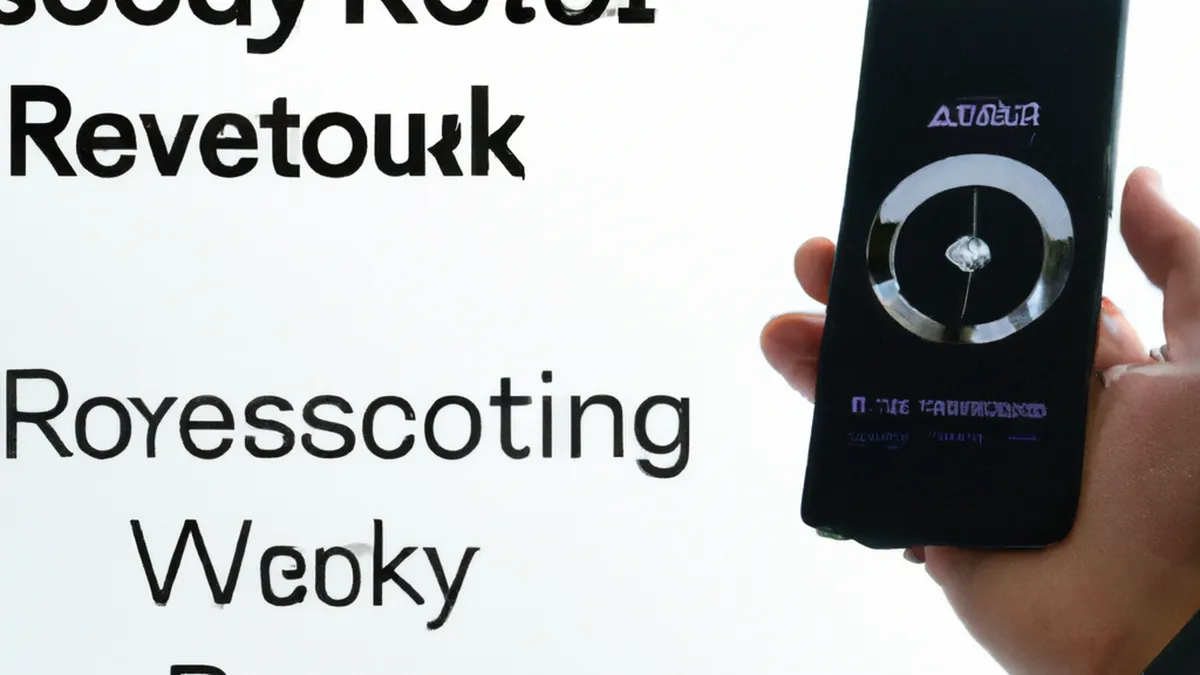Redefining Active Recovery With Smartwatch Tracking
How to Use Smartwatch Data for Active Recovery Strategies
In today’s fast-paced world, recovery plays a crucial role in athletic performance and well-being. Smartwatches allow athletes and fitness enthusiasts to collect valuable data that optimizes recovery strategies. By understanding smartwatch metrics, individuals can customize their recovery approaches. This blog post explores effective ways to use smartwatch data for active recovery.
Understanding Smartwatch Data
Smartwatches track various metrics that aid recovery. Key data includes heart rate, heart rate variability (HRV), sleep patterns, activity levels, and stress indicators. Each metric helps you understand your body’s recovery needs.
Heart Rate Variability (HRV)
HRV measures the time variation between heartbeats. Higher HRV usually indicates good recovery, while lower HRV suggests fatigue or stress. Check your HRV regularly to assess recovery status. If you see a decline, consider reducing training intensity or incorporating lighter activities like yoga.
Sleep Quality
Smartwatches track sleep patterns, including deep, light, and REM sleep stages. Analyzing this data helps you identify trends and improvement areas. If your smartwatch shows insufficient deep sleep, adjust your bedtime routine or optimize your sleep environment for better quality.
Activity Levels
Smartwatches monitor daily activity levels, categorizing them as light, moderate, or vigorous. This data helps manage training load. If your activity levels are high, schedule recovery days. If activity levels drop, add more movement to promote recovery and prevent stiffness.
Tips for Using Smartwatch Data
Incorporate these tips to maximize your smartwatch data.
Monitor Your HRV Regularly
Check your HRV daily, ideally at a consistent time, like mornings. This habit establishes a baseline and reveals patterns over time. If HRV declines consistently, adjust your training intensity or add rest days.
Analyze Sleep Patterns
Review sleep data weekly for insights into sleep quality. Do you wake up refreshed? If not, evaluate your bedtime routine and consider factors affecting sleep, like screen time.
Conclusion
Utilizing smartwatch data effectively can enhance your recovery strategies and improve overall performance.
Below are related products based on this post:
FAQ
What metrics should I focus on for active recovery using my smartwatch?
You should focus on heart rate variability (HRV), sleep quality, and activity levels. HRV helps assess recovery status, sleep quality indicates how well-rested you are, and monitoring activity levels assists in managing training loads effectively.
How can I improve my sleep quality based on smartwatch data?
To improve sleep quality, analyze your sleep patterns tracked by the smartwatch. If you notice insufficient deep sleep, consider adjusting your bedtime routine or optimizing your sleep environment by reducing screen time before bed and creating a comfortable sleep setting.
How often should I check my heart rate variability (HRV) for effective recovery?
It’s recommended to check your HRV daily, ideally at the same time each day, such as in the morning. This consistent monitoring helps establish a baseline and reveals patterns, allowing you to adjust your training intensity or incorporate rest days as needed.















Post Comment